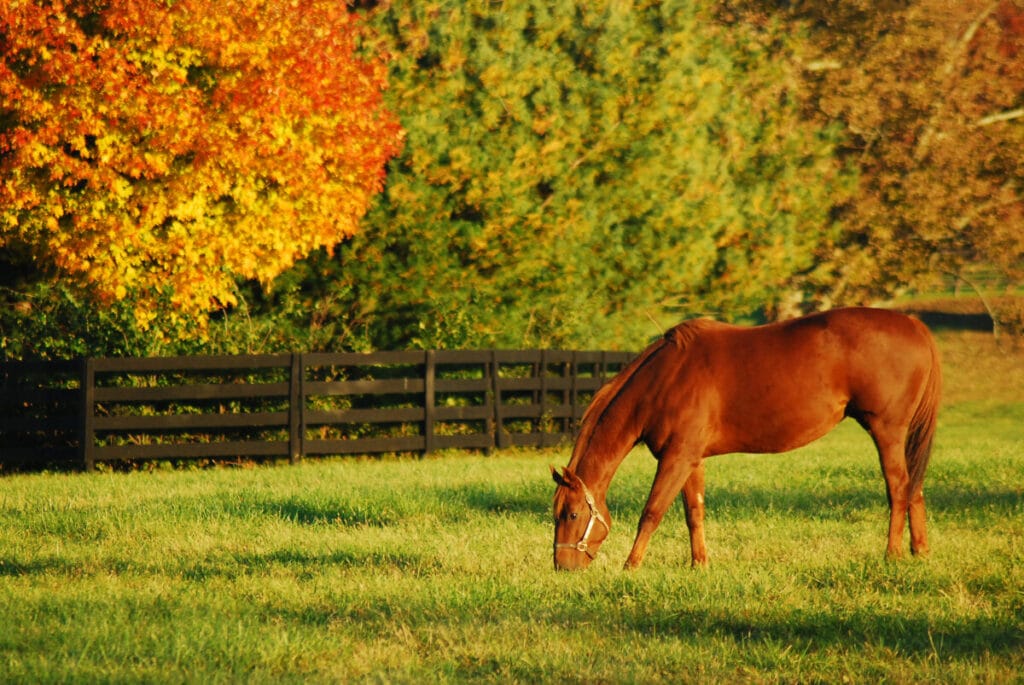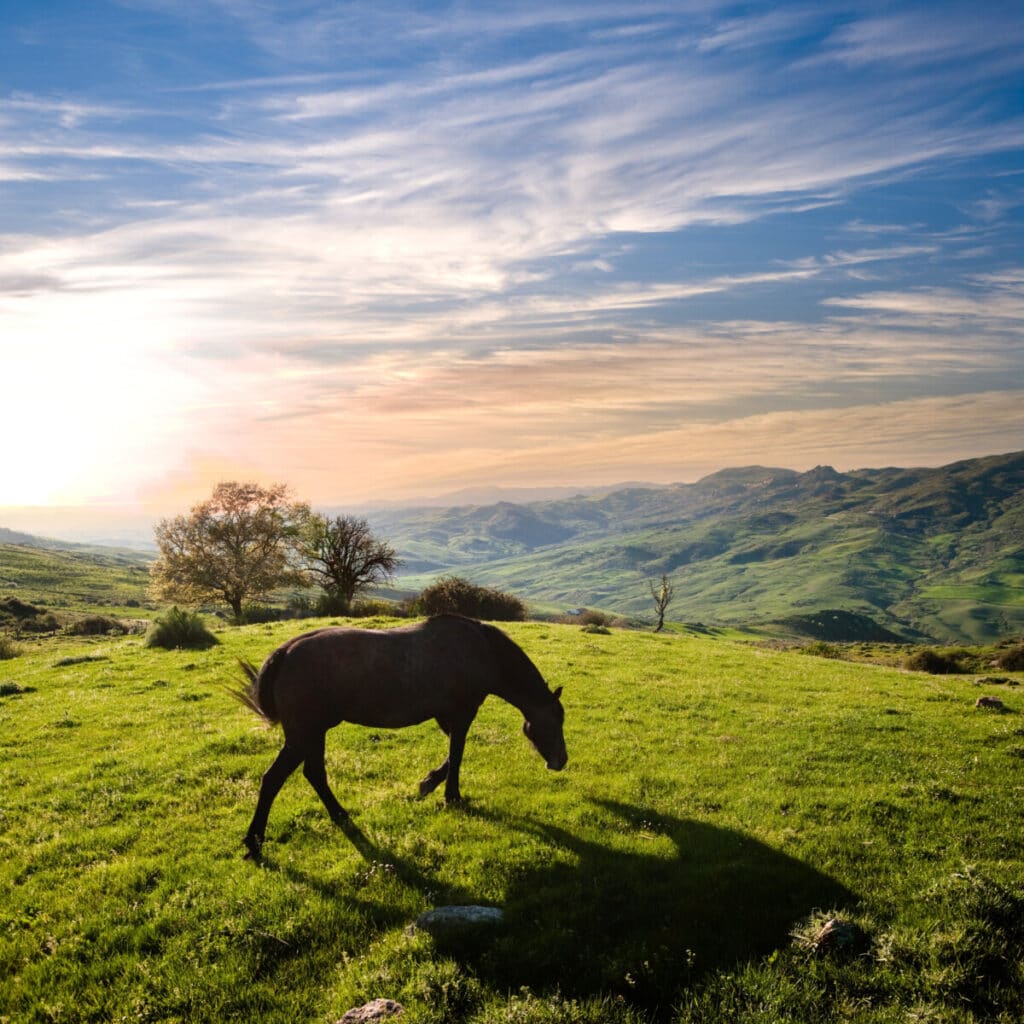
Dealing with the loss of any animal is difficult but when it’s a bigger animal, it is important to think about what to do with the body after the animal has passed. Figuring this out before the animal has passed will make the days after death easier for you, especially in case there are lots of regulations to comply with.
When deciding on how to dispose of a horse that has passed on, options include burial, cremation, composting, rendering, and bio digesting. There are strict laws and regulations surrounding all of these options, and it is important to be aware of these before proceeding.
While every state has different regulations, the most common laws, as well as general pricing for each of these options, will be explored further below.
Burial
Burial may be the first option that comes to mind, but this option is the one that has the most requirements to do it properly. Although regulations differ by state, the state of Idaho will be used as an example. The Idaho State Department of Agriculture only has three approved methods of disposal for a horse and these include burial, rendering, and taking the carcass to a landfill.
In the case of burial, the ISDA requires that the burial site is:
- depth of at least 3 feet
- at least 300 feet from any residence
- at least 300 feet from any drinking water source
- at least 200 feet from any surface water
- at least 100 feet from any roadways
- at least 50 feet from property lines
- not located in any low lying area that could be flooded
By burying your horse at least 3 feet under the ground, it will prevent any animals from digging up the carcass and destroying the remains. Most states require the horse to be buried 24-72 hours after it has passed in order to prevent any animals to get to the carcass and to avoid any terrible smells. It may also be helpful to hire someone with a backhoe to dig the hole for you and to help move the horse into the grave once it has passed. (Source)
Cremation
Cremation is another option that might work better for you if you don’t have space to meet the burial requirements. This is also an option that is usually chosen when your horse was put down with euthanasia, as most states don’t allow horses that were euthanized to be buried.
Cremating a horse can be expensive.
Cremation is generally performed by a private cremation company, with a private cremation rather than a communal one. The companies will generally transport the horse to the cremation site and return the ashes to you if you so choose. The ashes of an average-sized horse will weigh about forty pounds and can either be placed in an urn, placed in a coffin and buried, or placed in a pet cemetery.
It is NOT encouraged to try and cremate your horse on your own, since the temperature needed to break down bones is about 1500 degrees Fahrenheit. You would also need a large metal pan or box to place the horse in, which would then be placed over the fire. Because it is difficult to properly perform an at-home cremation, it is recommended to just shell out the $1000 and have it done properly.
Cremation is priced based on the size of the horse, so a smaller horse will cost less to cremate than a larger one. It is also important to keep in mind that most cremation companies will only cremate the whole horse, not pieces or parts. (Source)

Composting
Composting is a very sustainable option that can be used as a low-cost option for any horse that has passed, even ones that have been euthanized. Since it takes 6-12 months for a horse to fully decompose, the drug levels in the soil will be very low by the end of that time.
It is important to note that some states do not allow composting as an approved way to dispose of a dead horse because of contamination that can affect water sources. However, in the states that it is allowed in, there are several components that are necessary in order to properly compost your horse. (Source)
The first things you need are wood chips or something similar to go on the bottom of the pile. The size of the chips is important, as you want something that will help air flow throughout the pile.
Next, you will need some wood shavings, similar to what is used in a stall as bedding. These will help dry out any fluids from the carcass. Ensure that the horse carcass is free of metal such as horseshoes or bridles, as these are not compostable materials. Lastly, you will need a manure mix that is two parts horse waste to one part cattle waste. This mixture needs to be a good texture that is neither too dry nor too wet.
When the compost pile is created correctly, the smells will be trapped inside the pile and will have a very slight smell, deterring wildlife from digging around. Filling in cracks, turning the pile, and monitoring temperature are all important parts of the composting process, and more details on how to maintain the pile can be found here.
Biodigesting, Rendering & Landfills
There are some landfills that will accept horse carcasses, which is usually an approved option in most states. You need to transport your horse to the landfill and then it will be unloaded and taken away for you.
Rendering is the process of turning the horse into a material that can be used in products such as animal feed. There are very few approved rendering companies in the United States, and most of those are in the midwest. These companies will generally pick up your horse and charge a small fee, generally no more than $300.
Biodigesting is a relatively new form of processing horse carcasses. The process is similar to a pressure cooker, killing any bacteria and turning the horse into a product that can be used as fertilizer or taken to a landfill and disposed of there. This option is generally 50 cents/pound cheaper than cremation. (Source)
